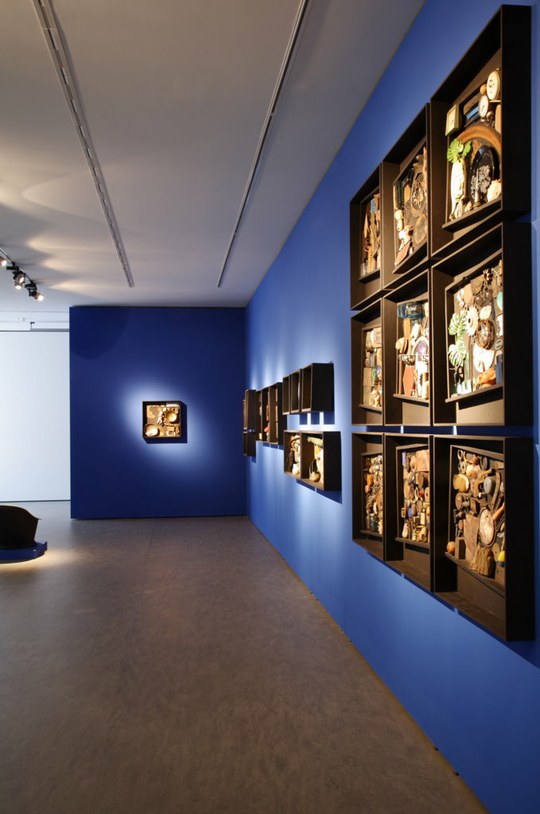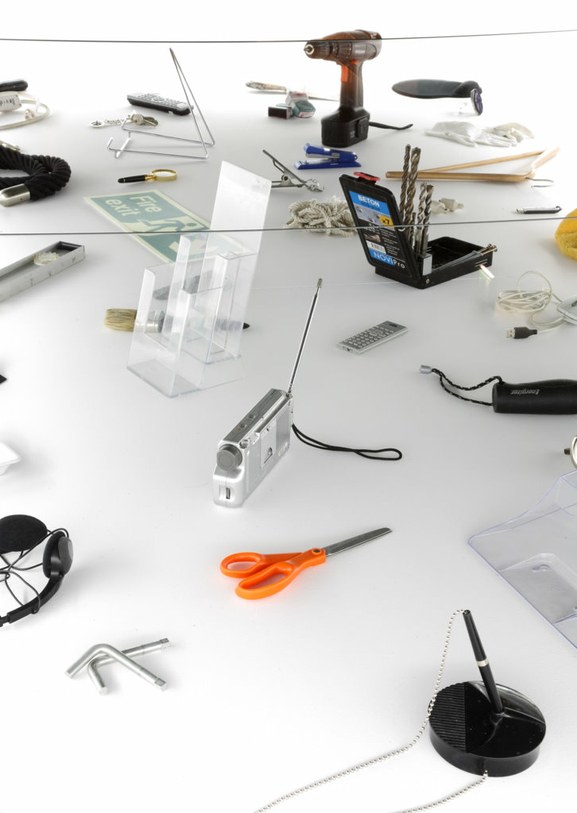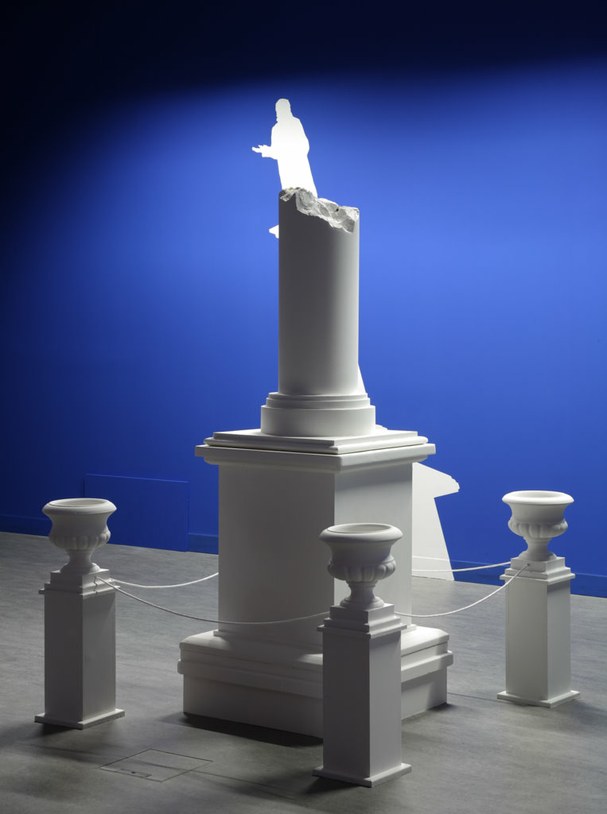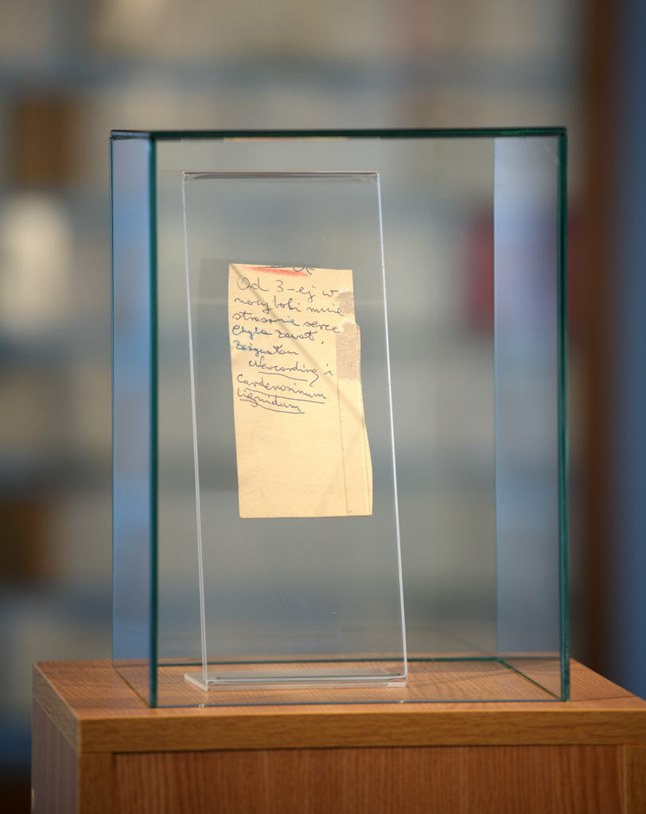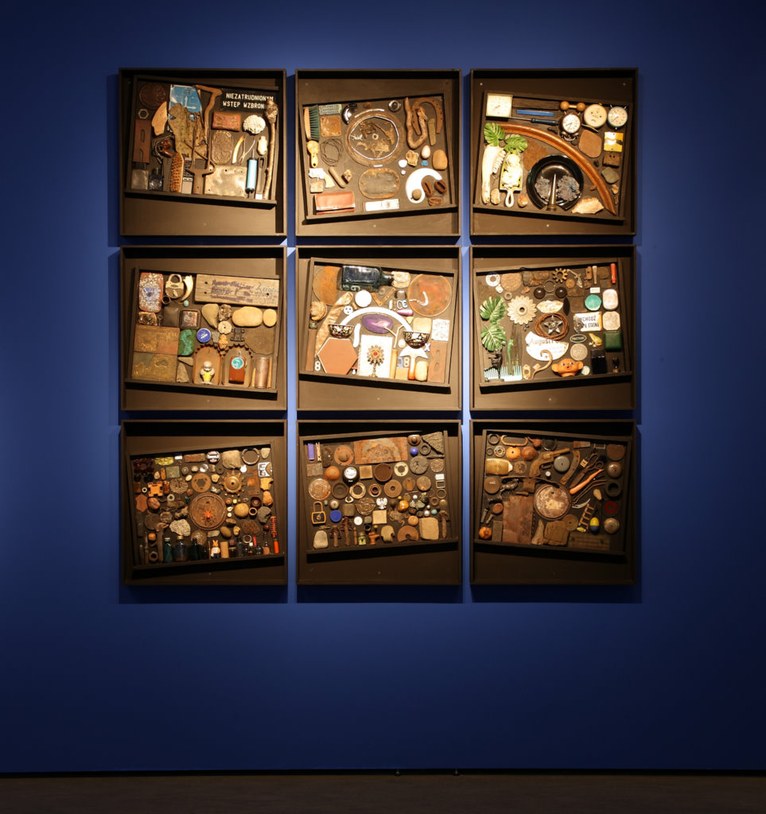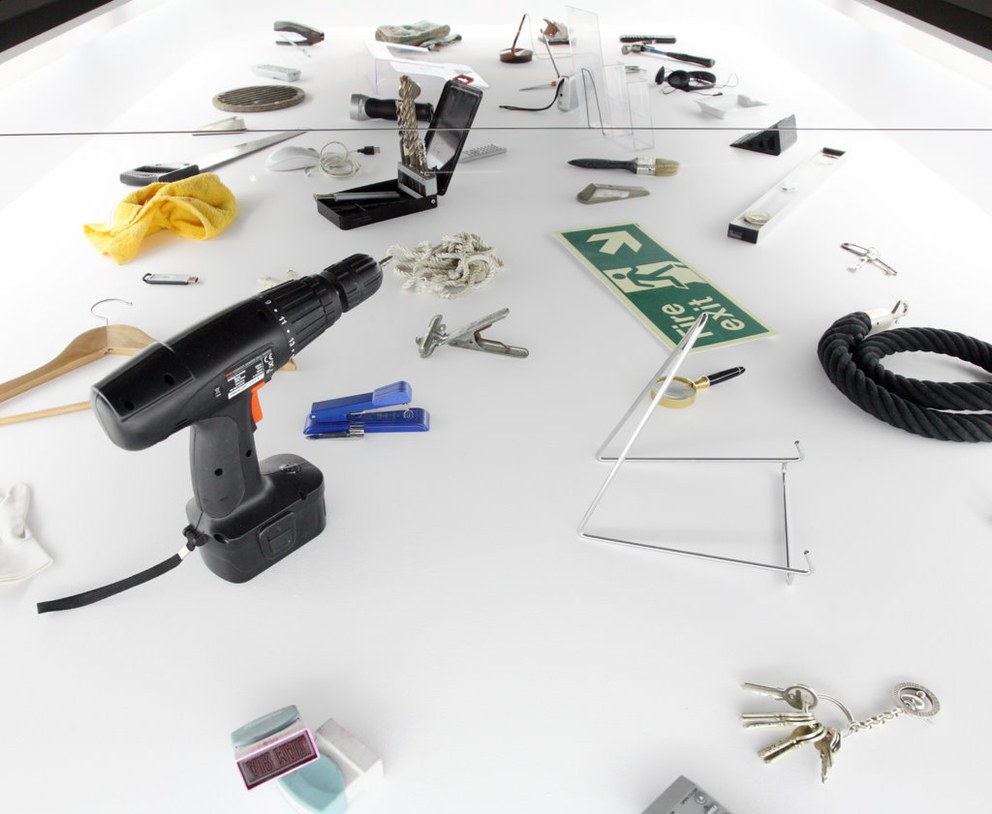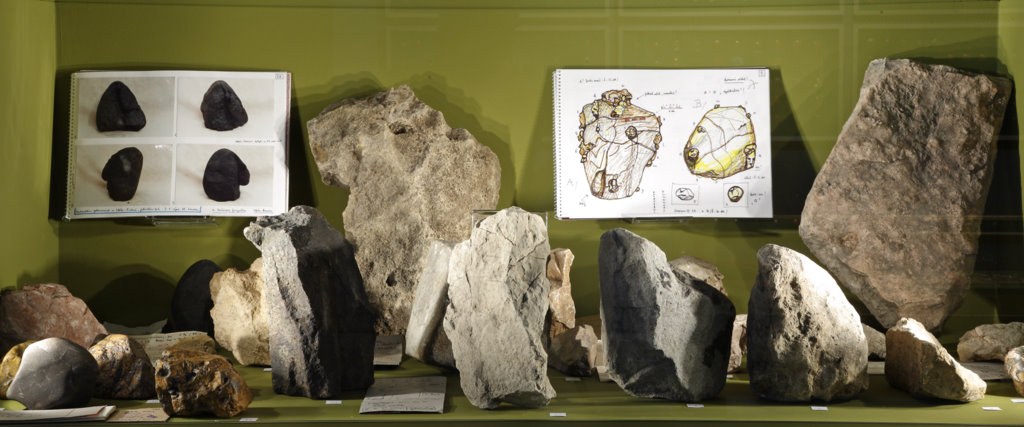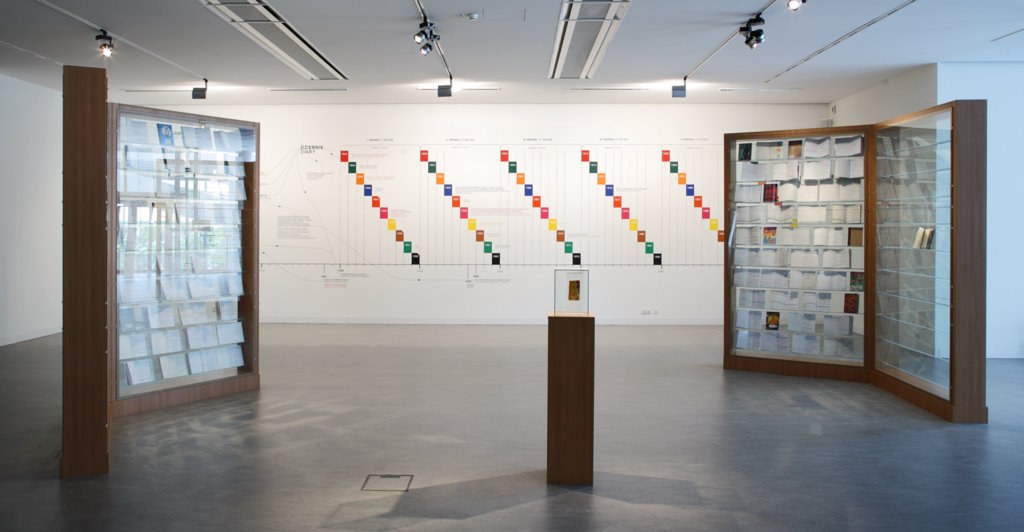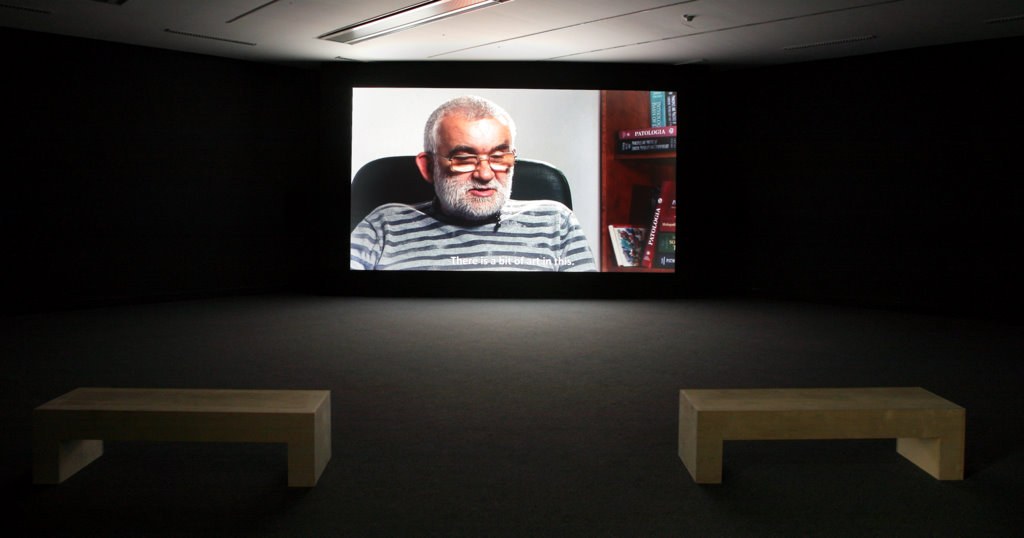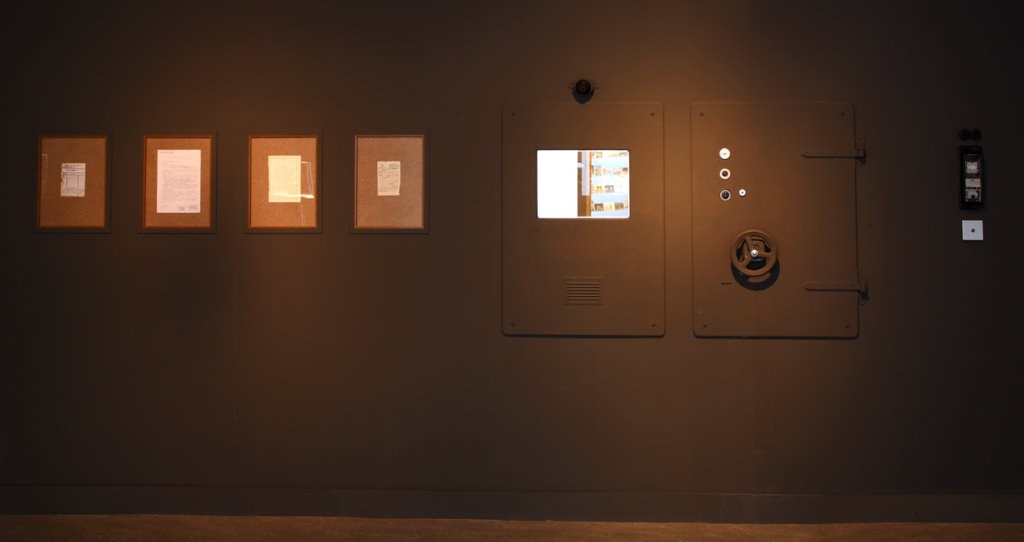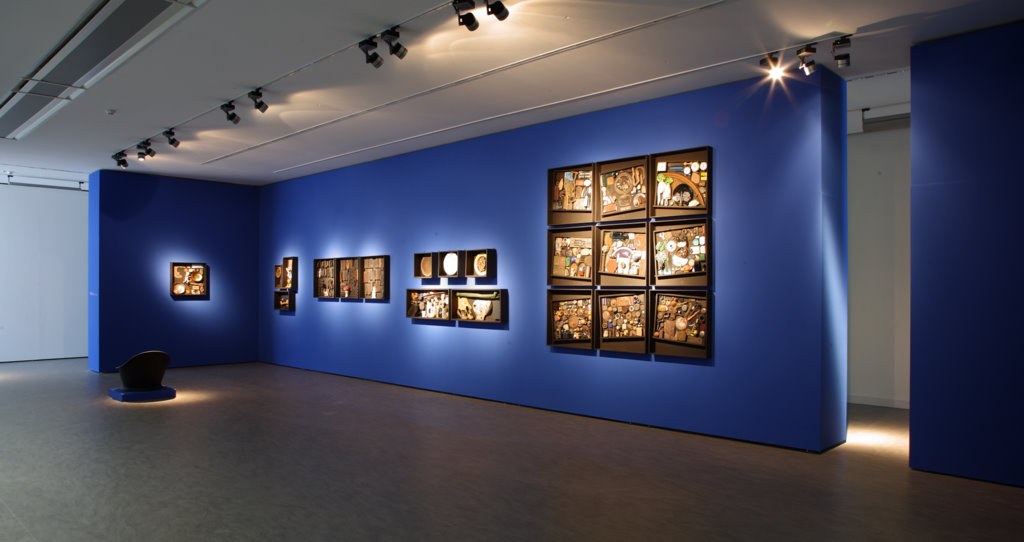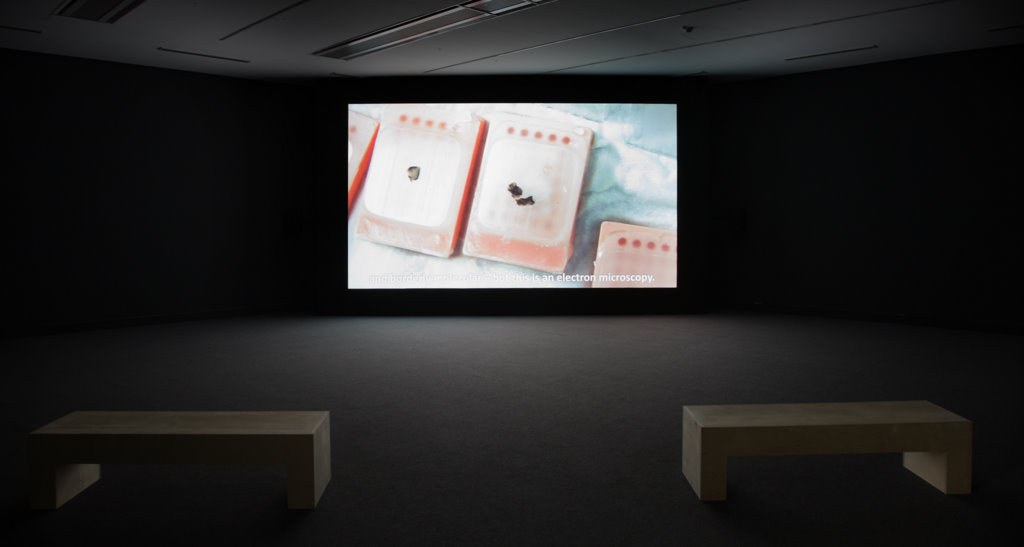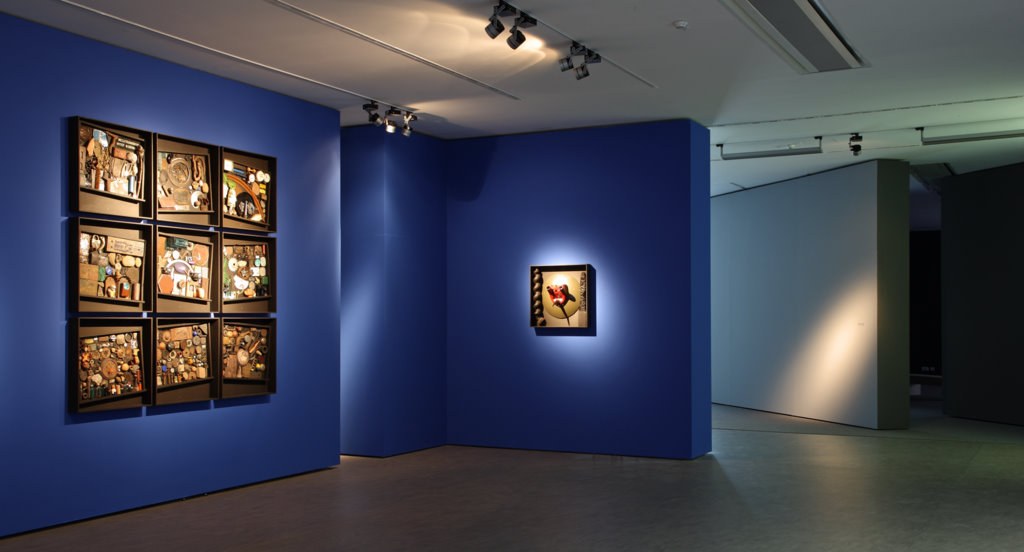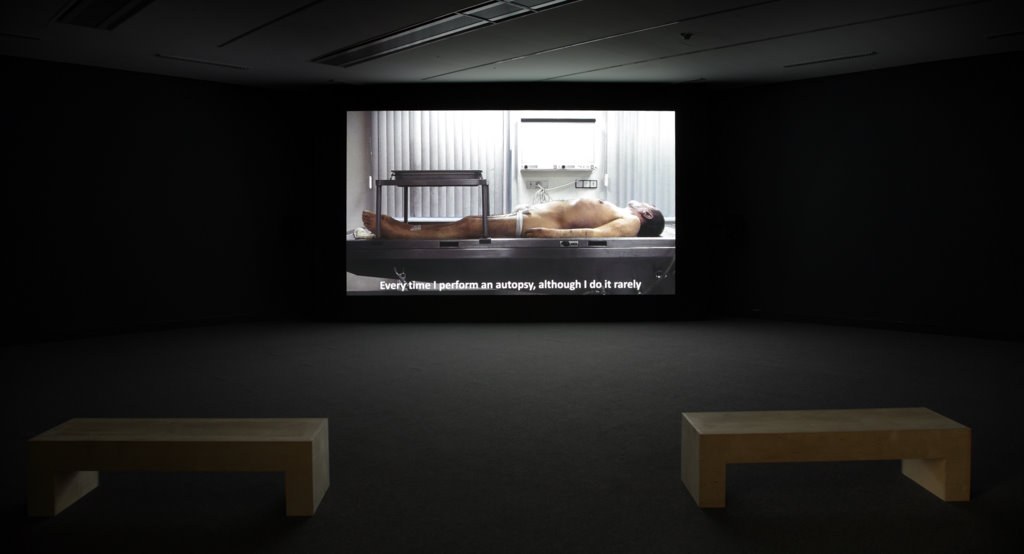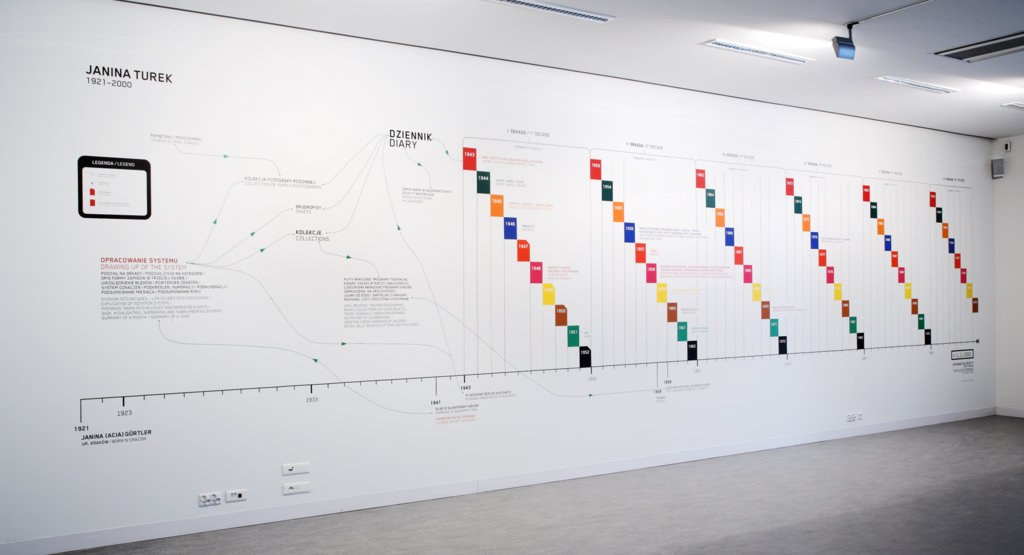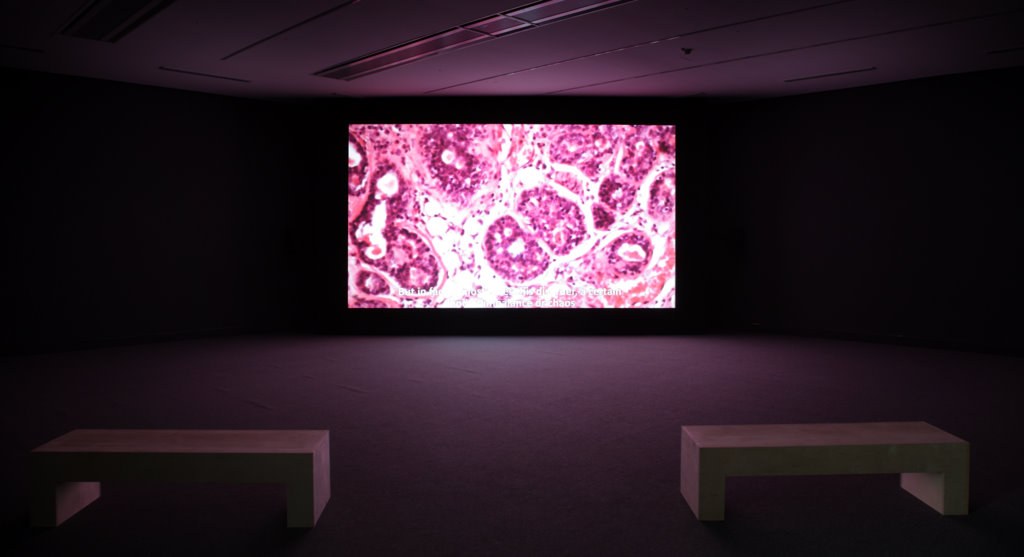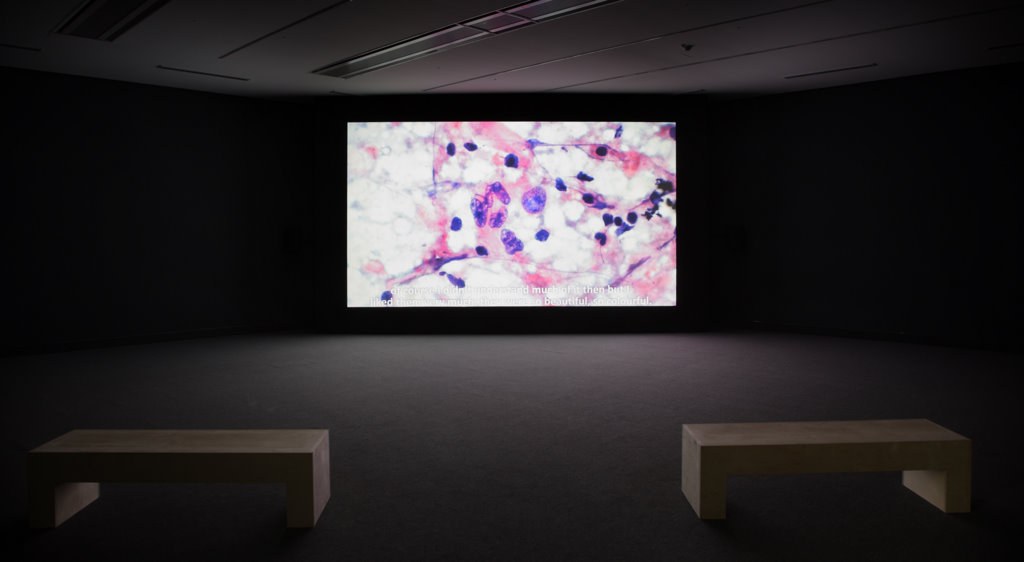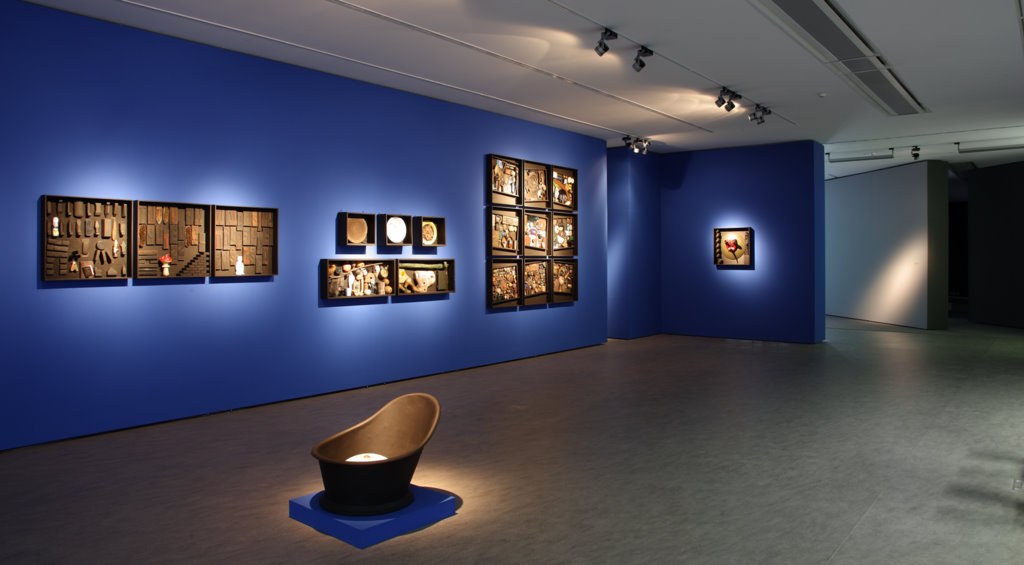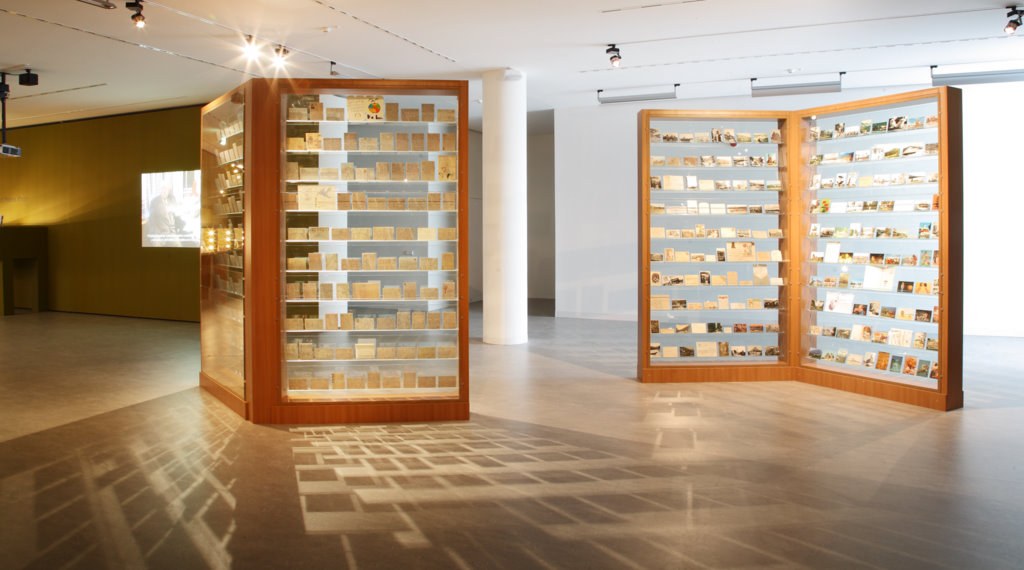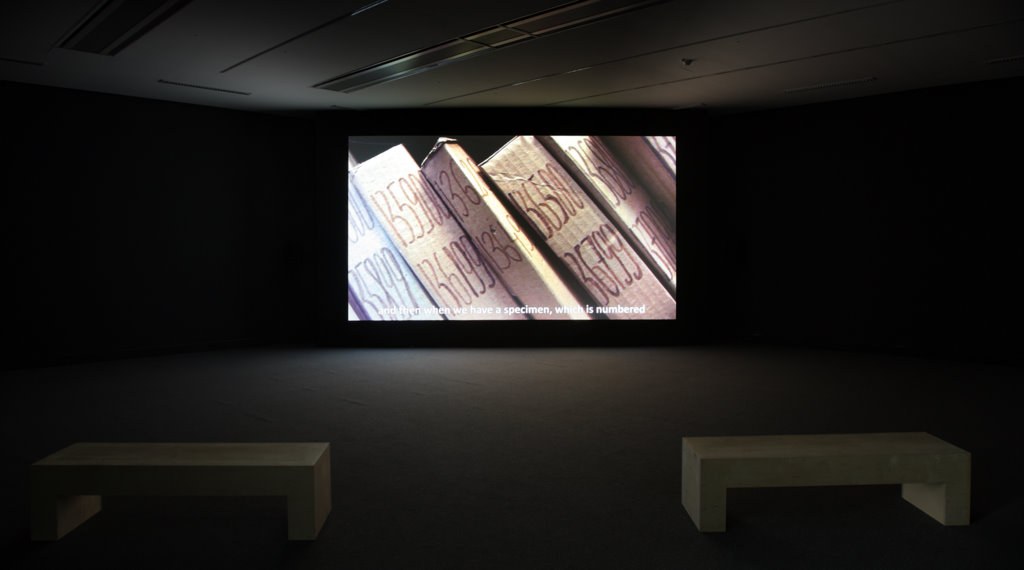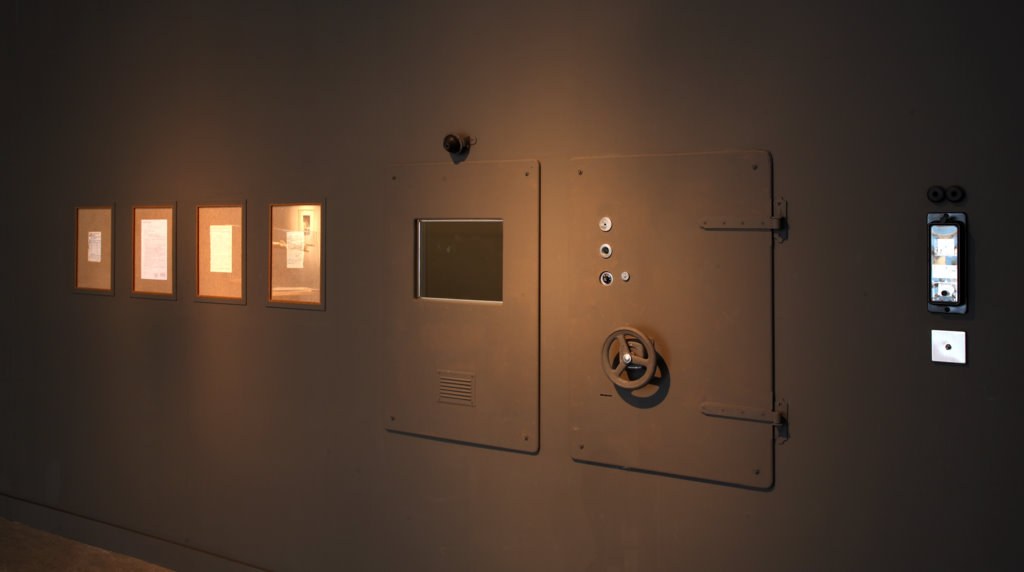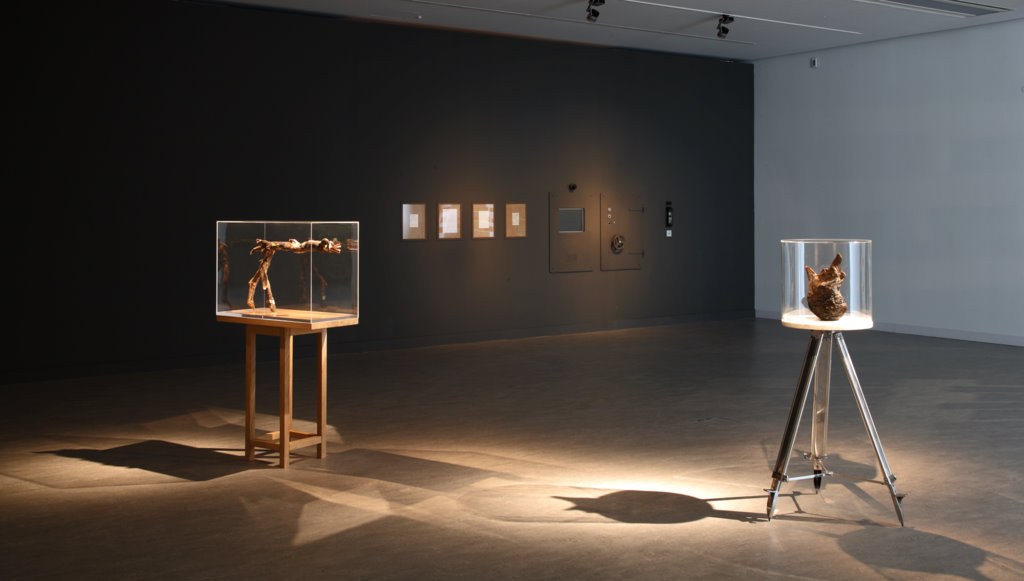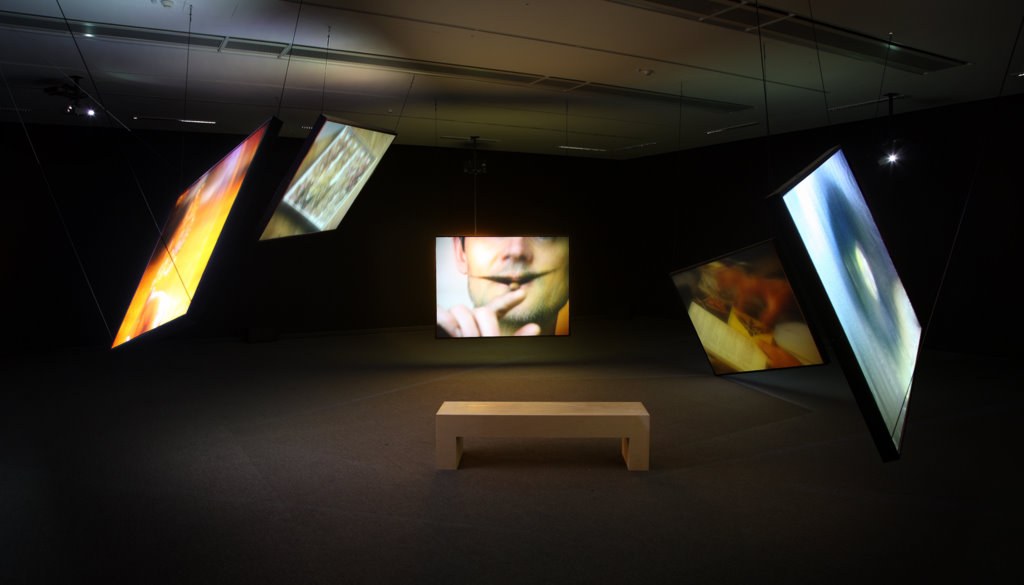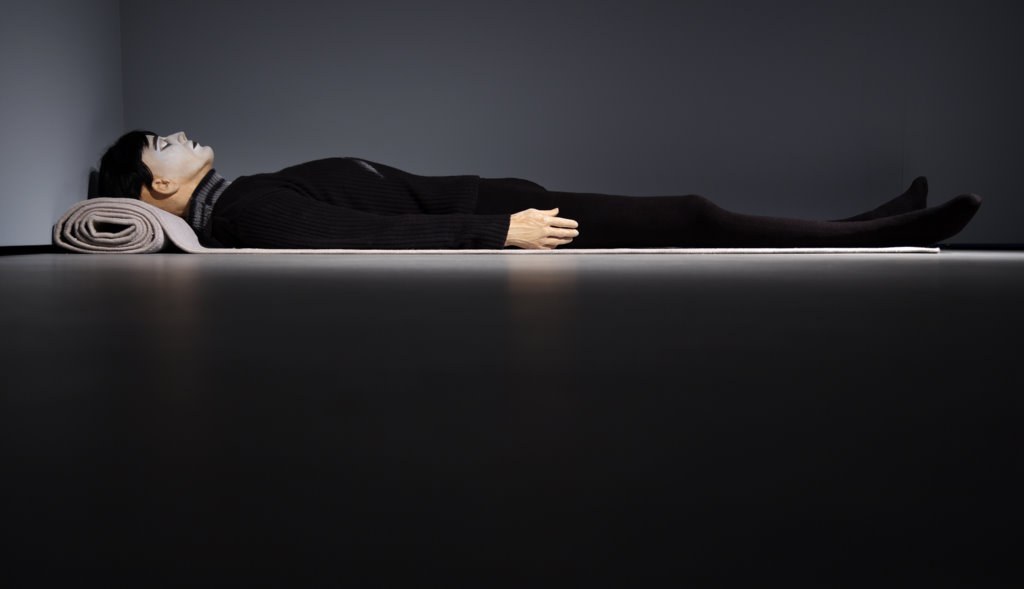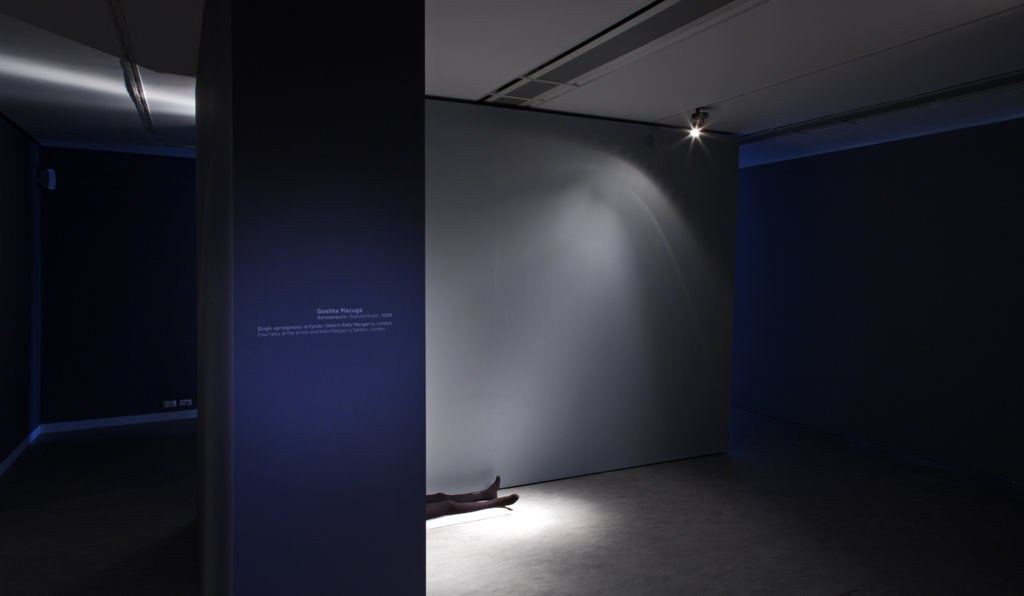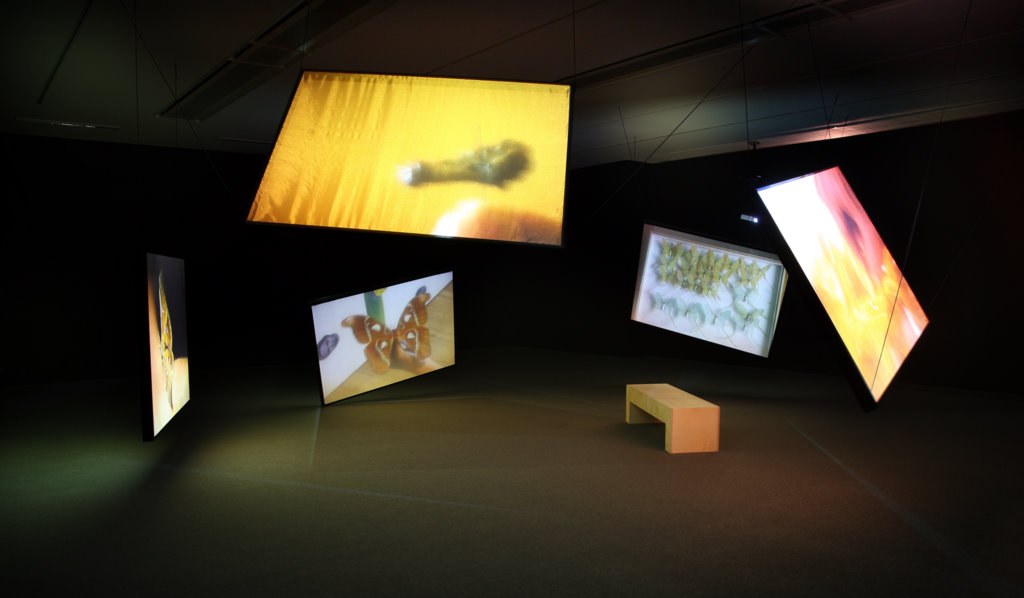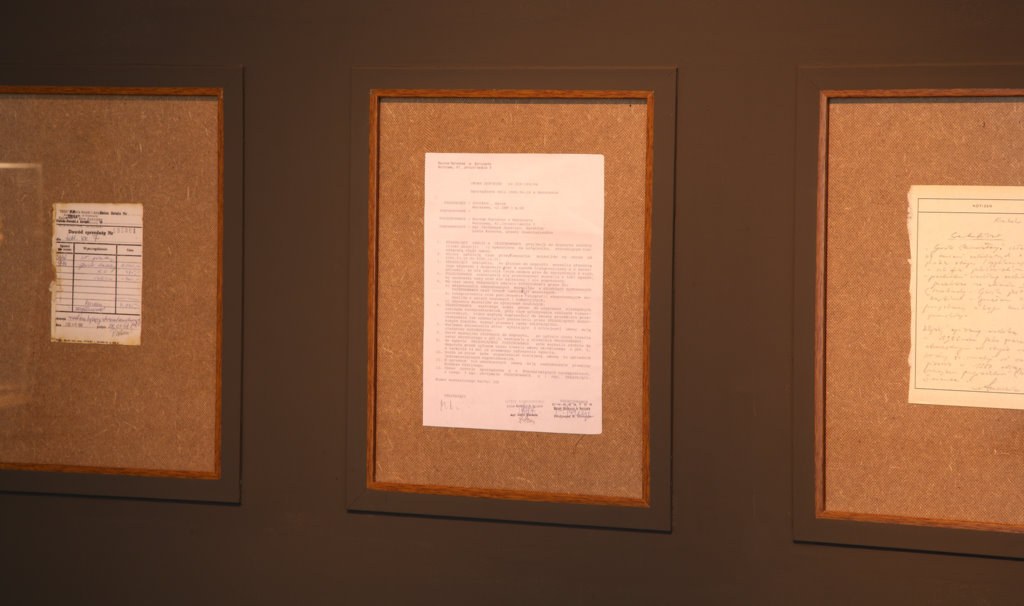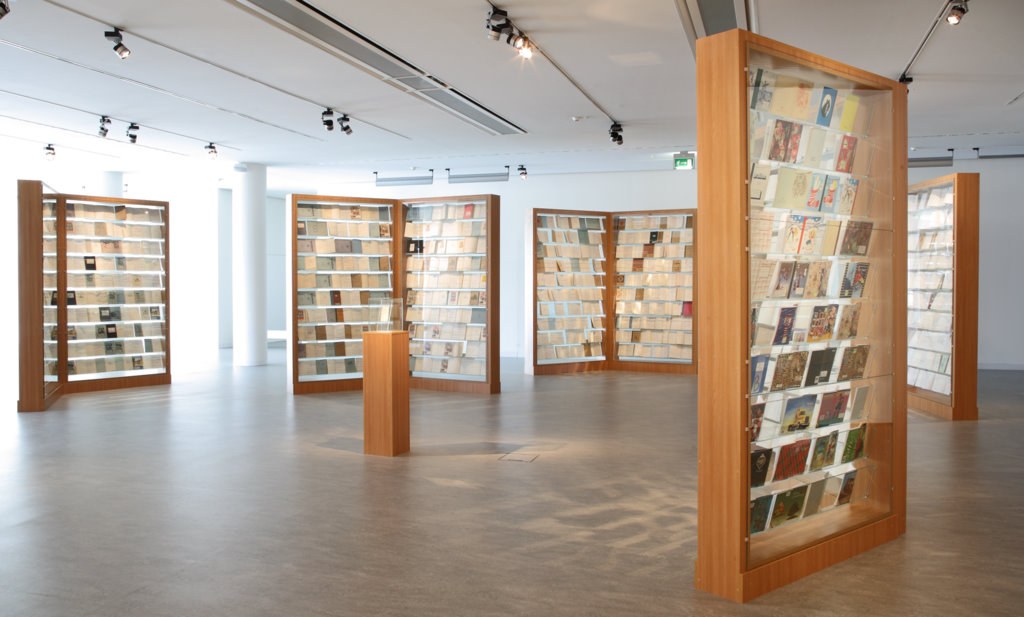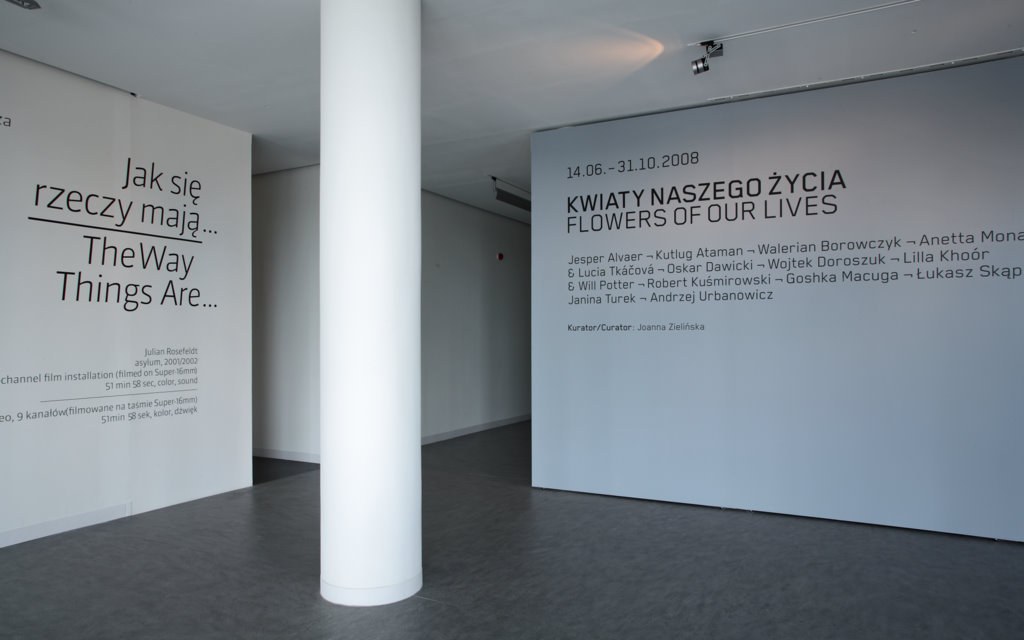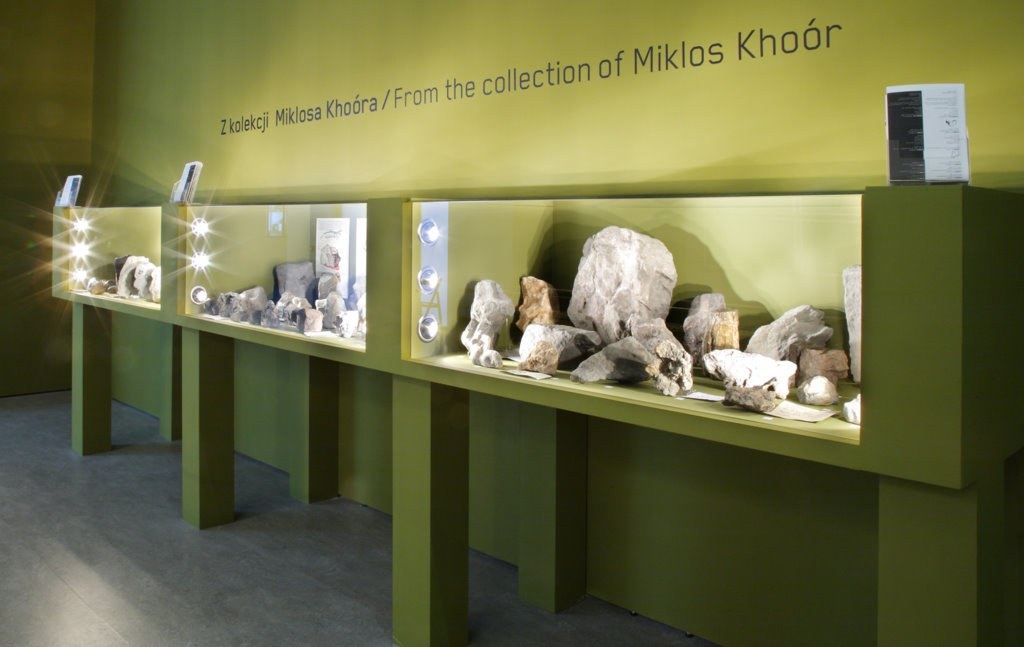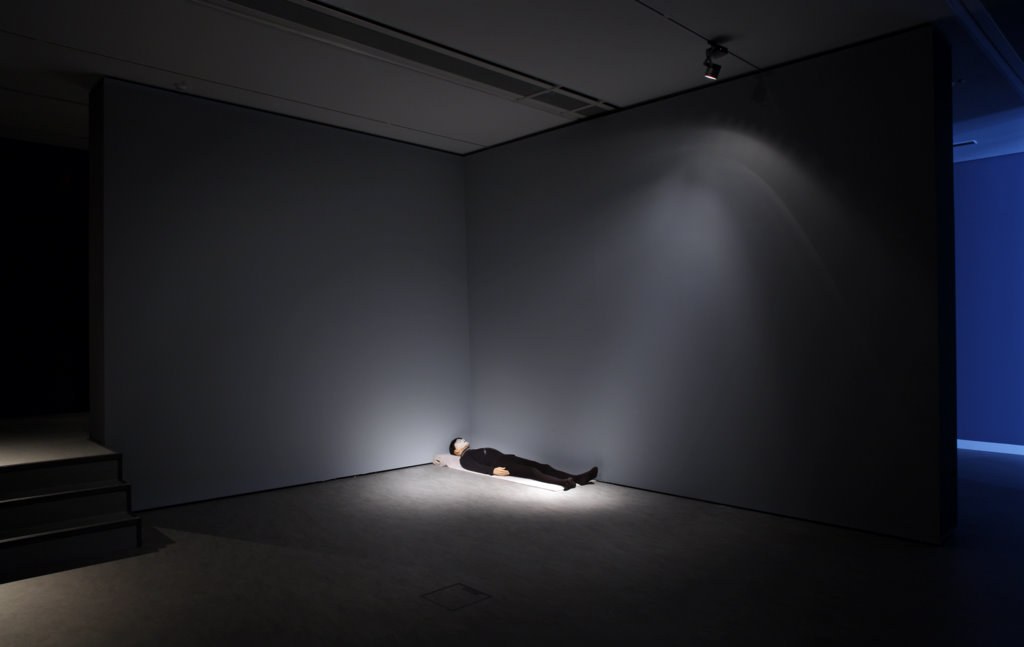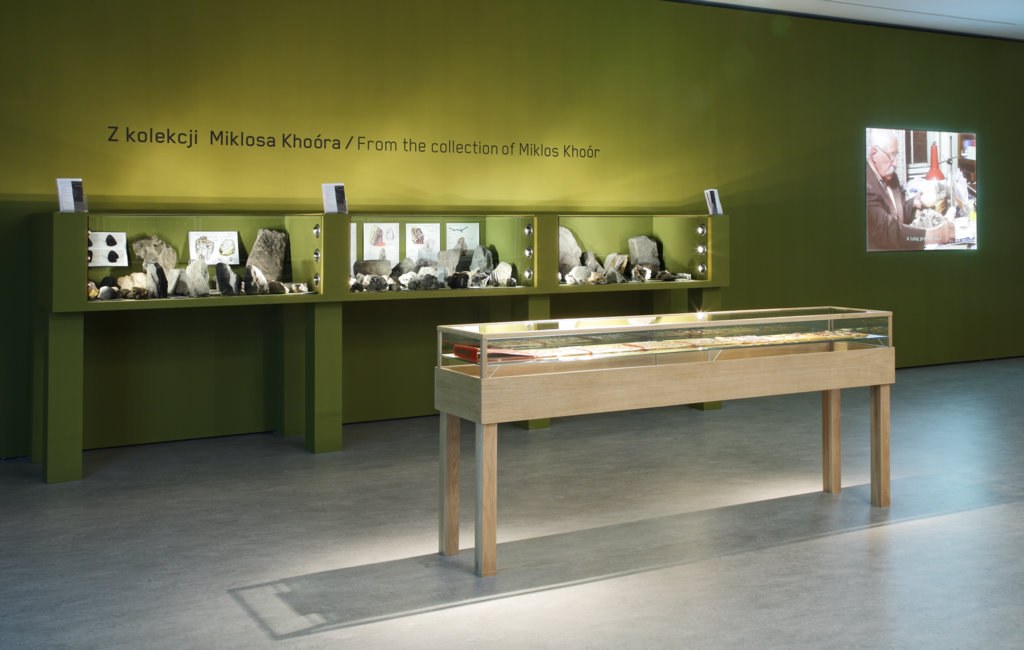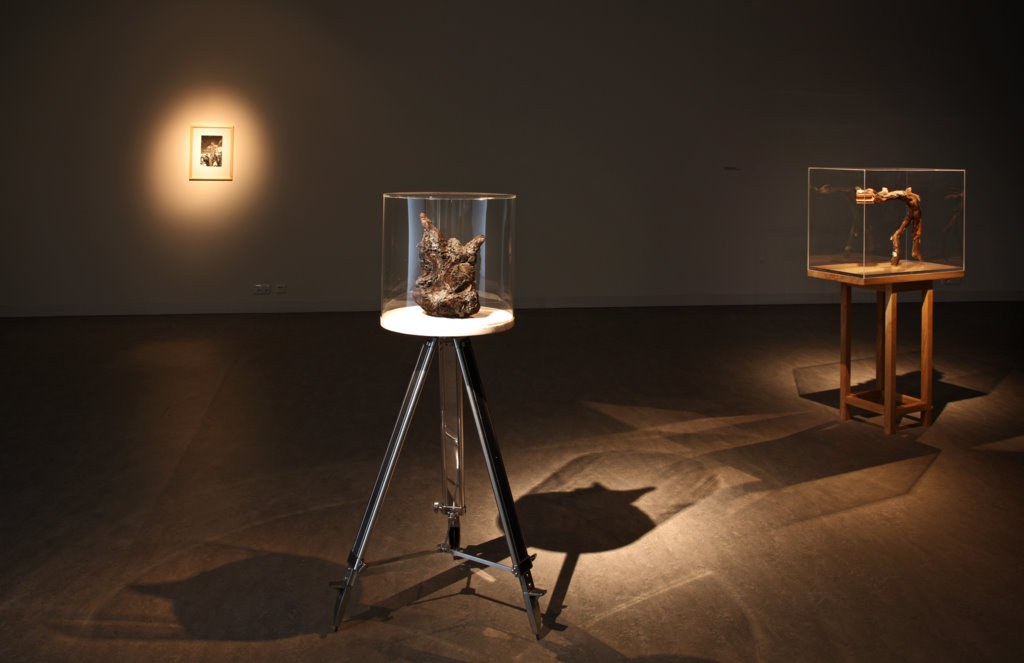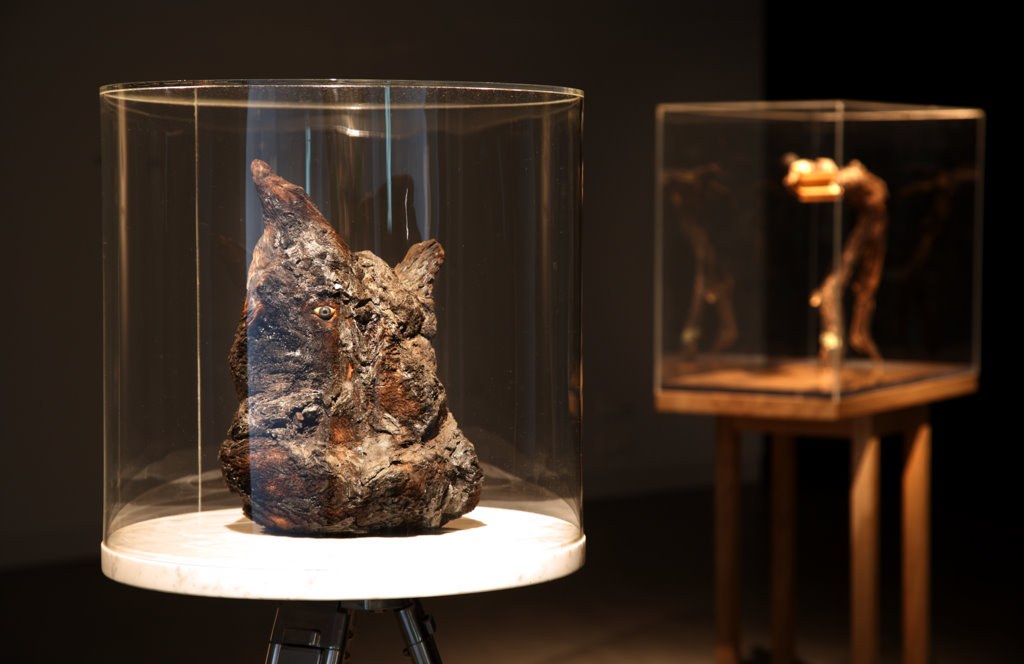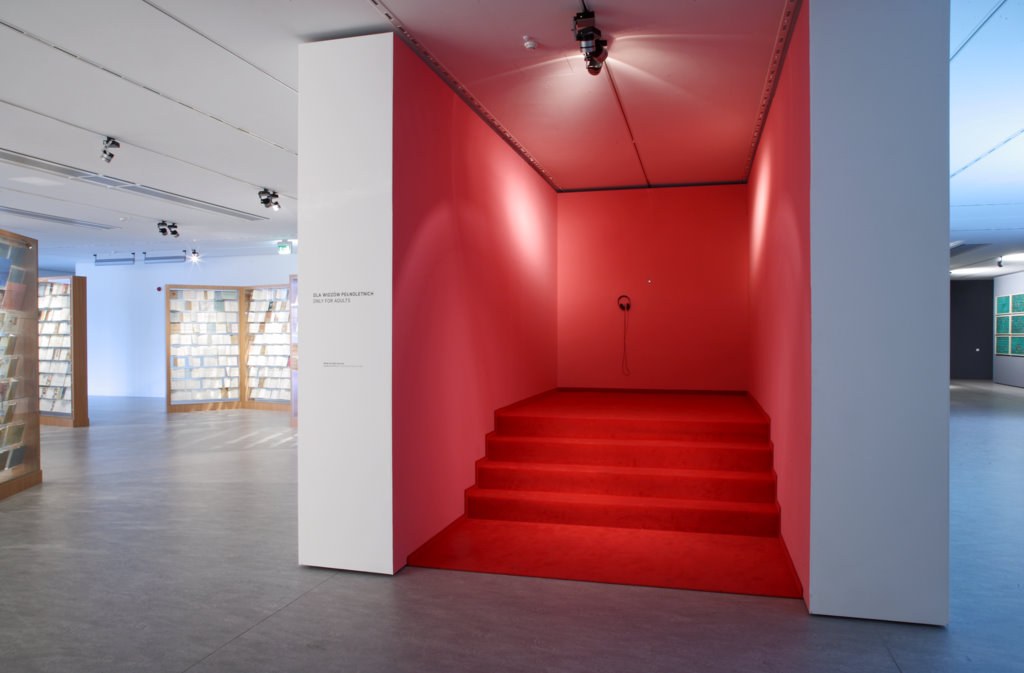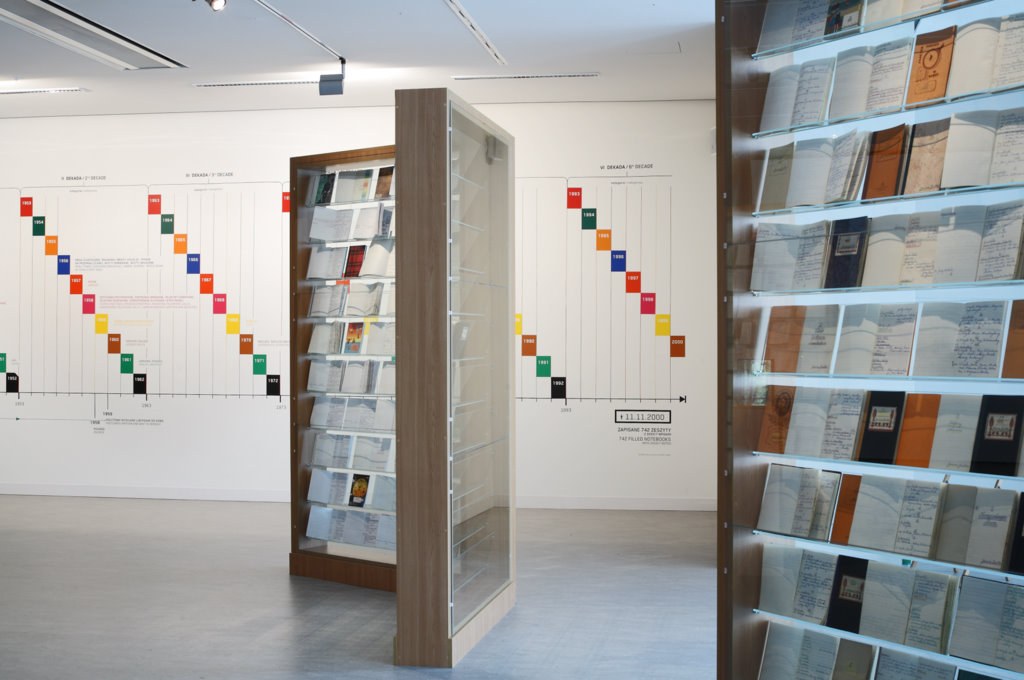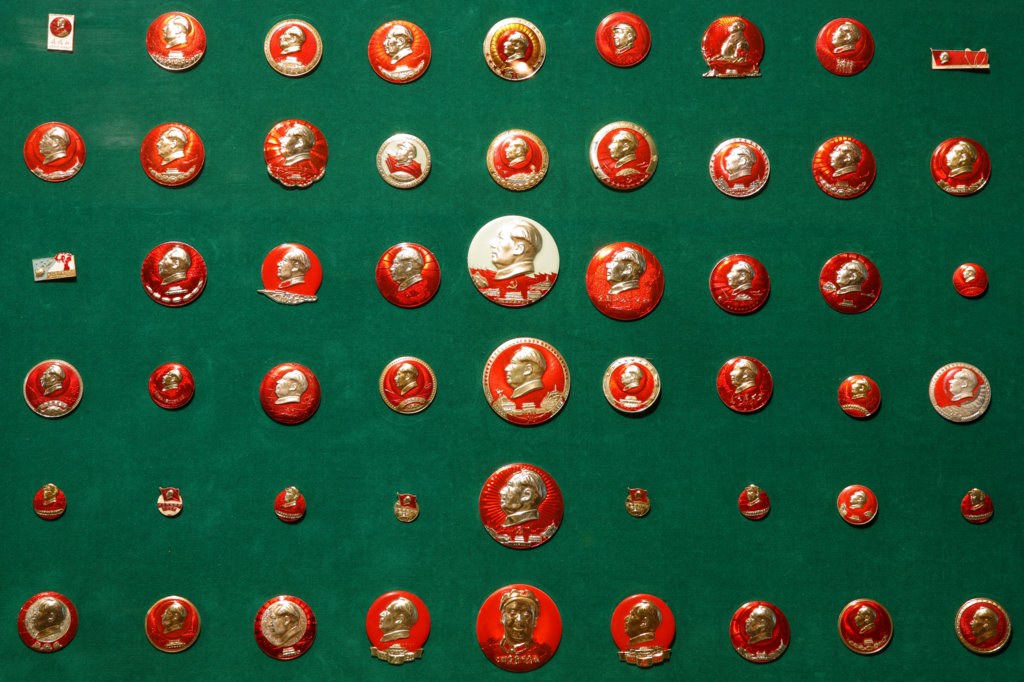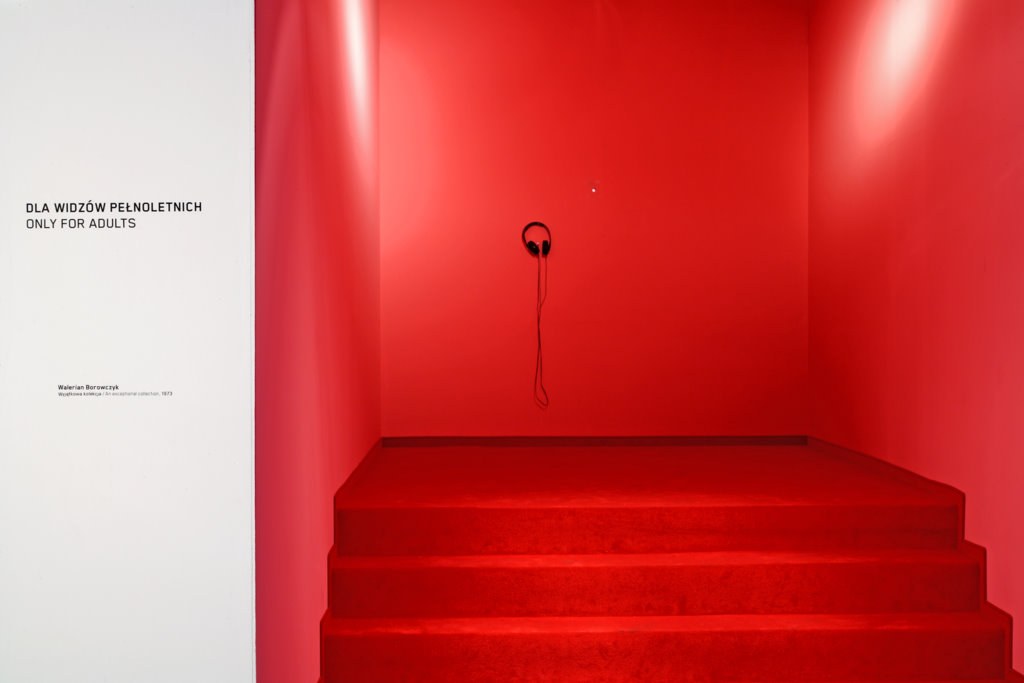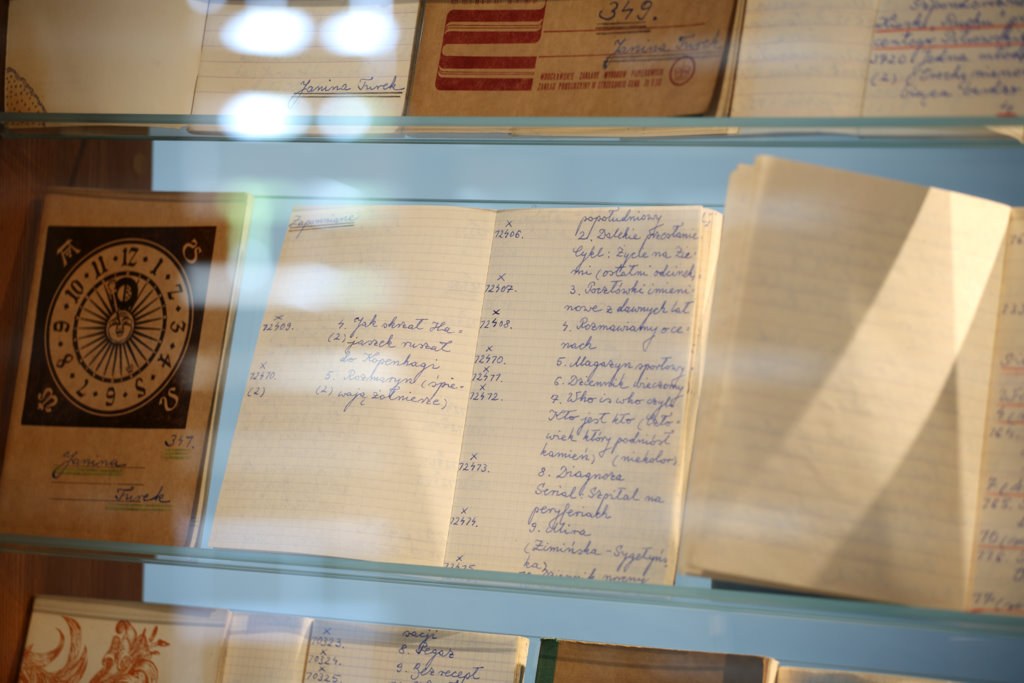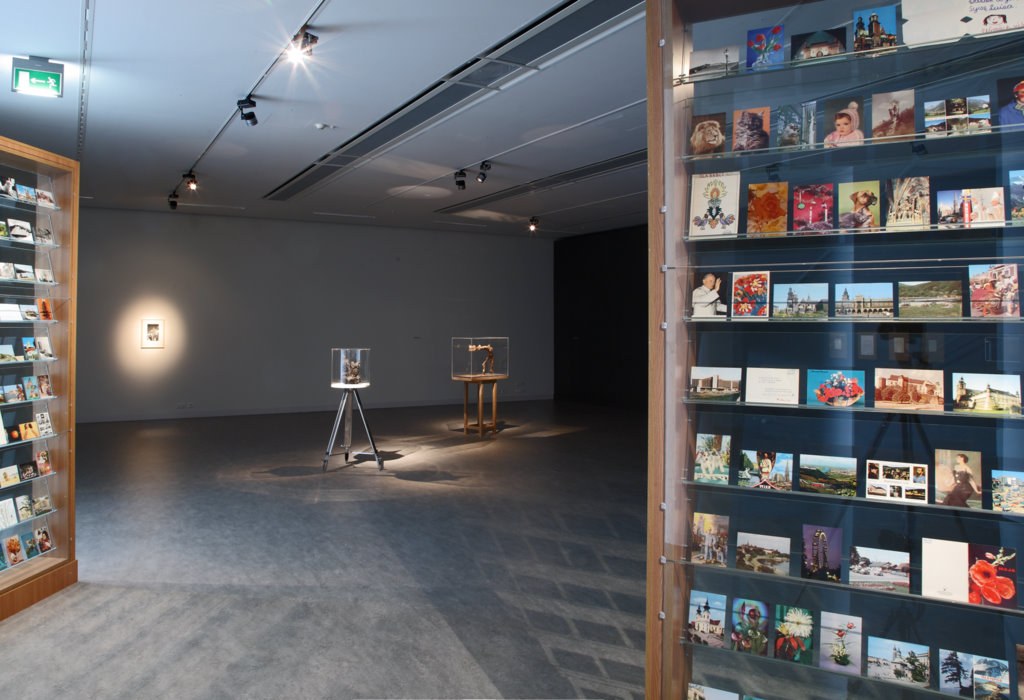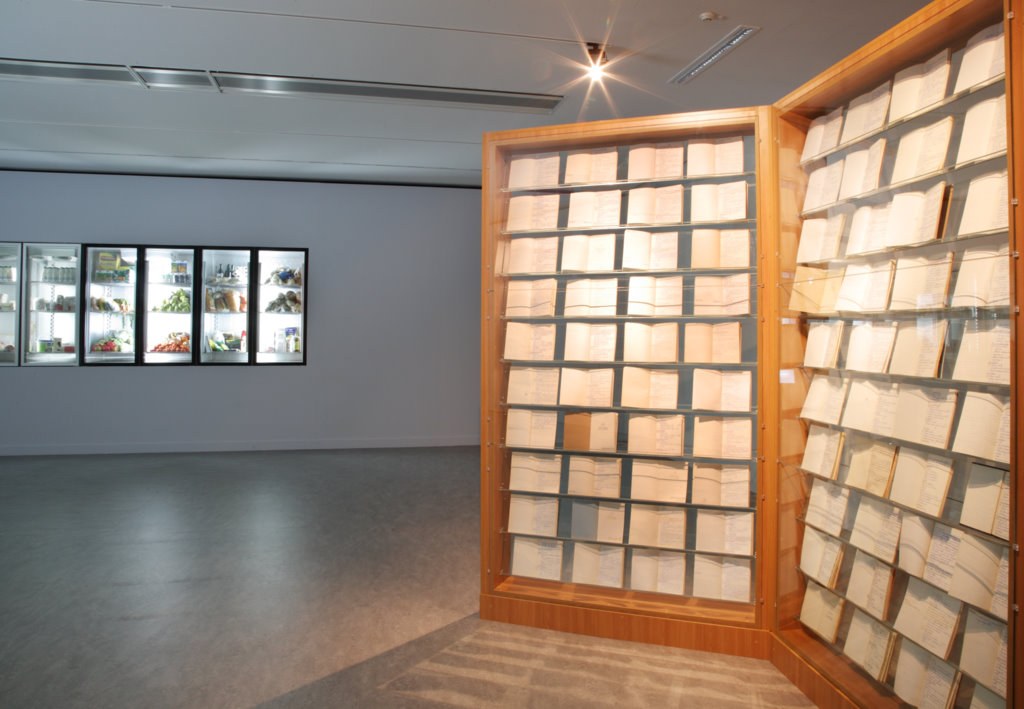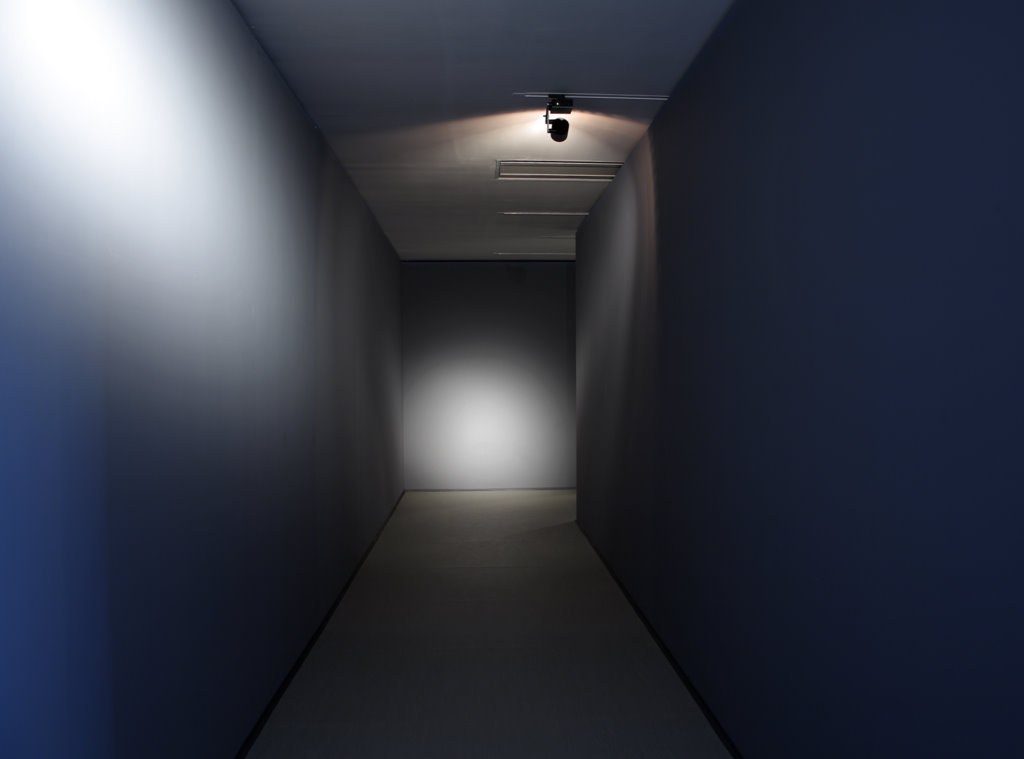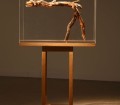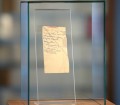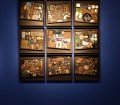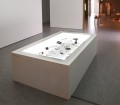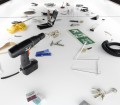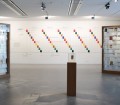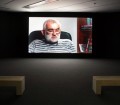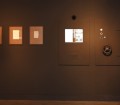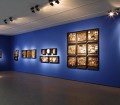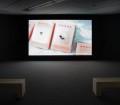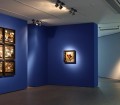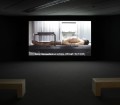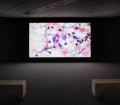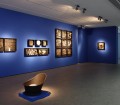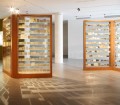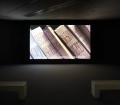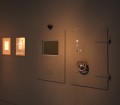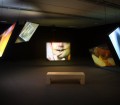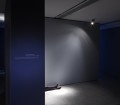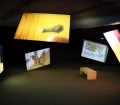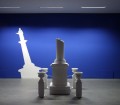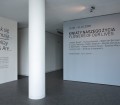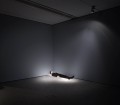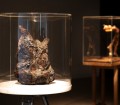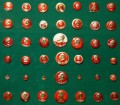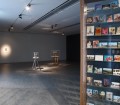ARTISTS: Jesper Alvaer, Kutlug Ataman, Walerian Borowczyk, Oskar Dawicki, Wojtek Doroszuk, Lilla Khoór and Will Potter, Robert Kuśmirowski, Goshka Macuga, Anetta Mona Chisa and Lucia Tkáčová, Janina Turek, Łukasz Skąpski, Andrzej Urbanowicz
Curated by: Joanna Zielińska
Exhibition Designer: Robert Rumas
There is something extremely appealing and also very disturbing in collecting, systematizing and organizing objects into collections. Sigmund Freud, a neurologist and psychiatrist who had a great collection of works of art, considered collecting to bring erotic pleasure. Philosopher Manfred Sommer wrote about the treacherous urge to collect, which makes the one who started collecting unable to refrain from doing so. The essence of collecting is searching for means to organize the world around; it is an attempt to regain control over reality by creating one’s own safe world. Susan Sontag wrote in The Volcano Lover that: “the world of a collector is a proof of the existence of other worlds, energies, domains, epochs, which are different from the one in which a collector lives”. A collector is often possessed by existential fear and an anxiety about inevitable death; amassing and organizing objects brings a momentary relief.
Flowers of Our Lives is an exhibition focused on the phenomenon of collecting presented from sociological and psychological perspectives. Analysing private stories as well as collectors and artists’ struggles with the infinity of matter, the project focuses on amateur collections which are not related to art; it is about fetishism, desire, and obsession. The exhibition also analyses some contemporary artistic practices related to collecting which concentrate on ‚abandoned’, common, and visually unattractive objects. Exhibited works also demonstrate formal references to modernist traditions – assemblage, readymades or collage.
The exhibition Flowers of Our Lives examines people’s motivation to collect, for everything can be collected: objects, even worthless ones, but also fleeting experiences. In this sense human life is also a kind of collection. The exhibition examines the limits of the notion of collection and the way in which collecting is different from simple gathering.
An important theme is the problem of exclusion and lack of understanding faced by passionate collectors. Many of them hide their collections or live in isolation for this reason. The exhibition is symbolically opened by a figure of a somnambulist (Goshka Macuga’s sculpture), originally from Robert Wiene’s film The Cabinet of Doctor Caligari. The somnambulist symbolizes both individualism and alienation.
The book entitled A Subjective Guide to Collections constitutes an integral part of the exhibition. The book brings together and describes collections from the Kuyavian-Pomeranian region. The collections included in the guide cannot be seen in museums; they belong to private owners, societies, or social groups. They are often personal and hardly accessible – the guide is the first occasion to show them to the public.
Duration:
14th June – 31st October 2008
 The Institution is funded from the budget of Toruń Municipality
The Institution is funded from the budget of Toruń Municipality



